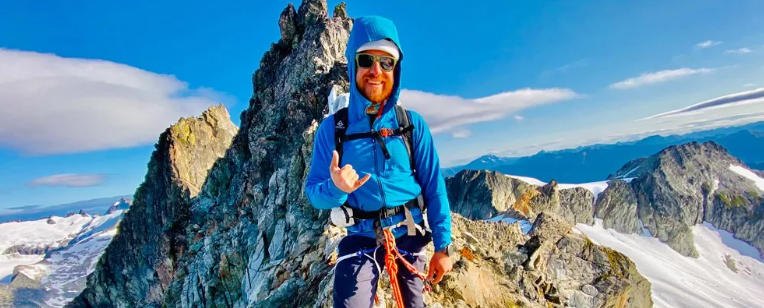Alpine climbers, adventurers who tackle the majestic heights of mountain ranges, embody a spirit of exploration and resilience. This niche of the climbing community is not only fascinating but also highlights the intersection of nature, fitness, and personal challenge. Whether you’re an aspiring climber or simply a lover of the outdoors, understanding this exhilarating pursuit can inspire and inform.
The Allure of Alpine Climbing
Alpine climbing attracts adventurers for many reasons, the most significant being the breathtaking landscapes and the sheer thrill of conquering heights. Unlike traditional rock climbing, alpine climbing often involves navigating snow, ice, and unpredictable weather conditions, making it a more complex and demanding endeavor. Climbers are required to possess a unique skill set, including technical climbing abilities, navigation skills, and knowledge of strong weather conditions. Moreover, the camaraderie developed among team members and the profound connection with nature make every ascent a deeply enriching experience.
Essential Gear for Alpine Climbers
Proper equipment is crucial for a successful alpine climbing expedition. Essential gear includes ice axes, crampons, climbing ropes, and protective gear such as harnesses. Each item plays a specific role in ensuring safety and efficiency on the climb. For instance, crampons provide grip on icy surfaces, while ice axes offer stability and support on steep inclines. Additionally, layering clothing is vital to manage body temperature in rapidly changing weather. Prospective climbers should invest in high-quality gear to ensure not only their safety but also their comfort during challenging climbs.
Safety Tips for Alpine Climbing
Safety is paramount when it comes to alpine climbing. One of the most important practices is to always check weather conditions before heading out. Sudden storms can turn a manageable ascent into a perilous situation. Moreover, climbers should always inform someone about their climbing plans and estimated return time. It’s also wise to practice climbing techniques in more controlled environments before tackling actual alpine routes. Understanding the signs of altitude sickness and knowing the basic first-aid protocols can prove vital in emergencies. By prioritizing safety, climbers can focus on enjoying the experience and reaching new heights.
In conclusion, alpine climbing offers an exhilarating blend of challenge, adventure, and stunning natural beauty. Whether you’re drawn to the thrill of the climb or the spirit of exploration, there’s always more to learn about this remarkable sport. If you’re considering taking your first steps into alpine climbing, start researching training courses, local climbing communities, and essential gear. Who knows? You might just find yourself at the summit of your own personal mountain!
